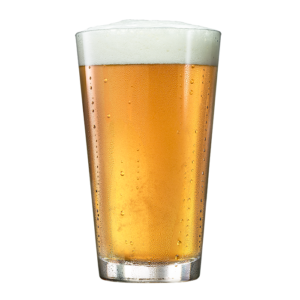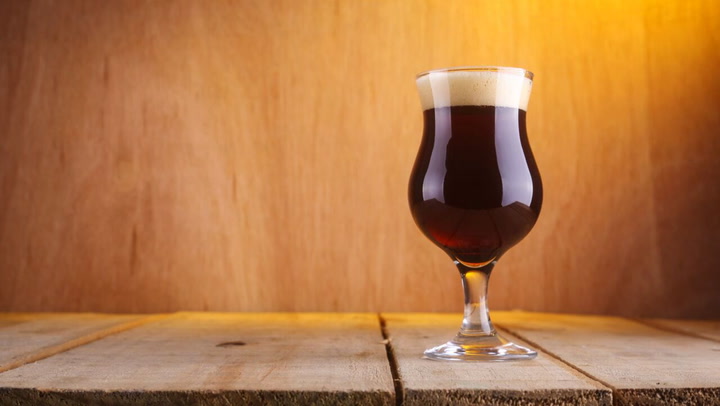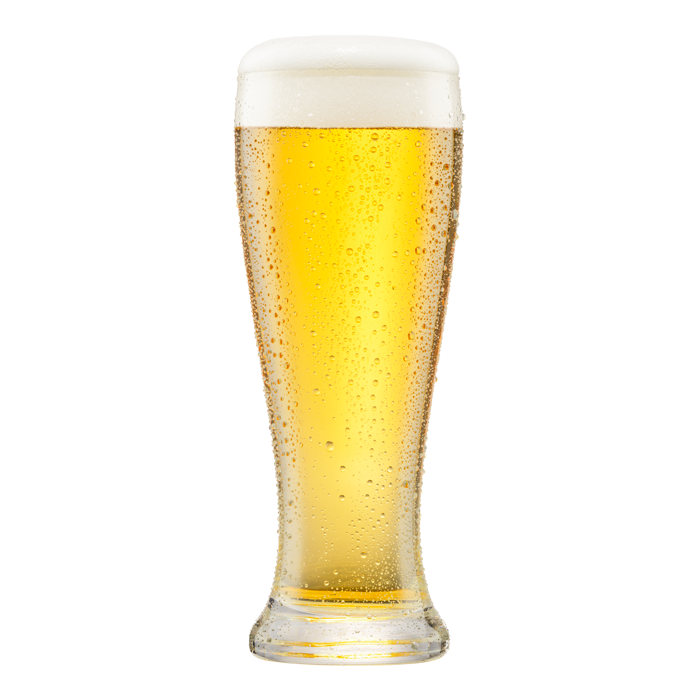Welcome to our comprehensive guide on brewing your very own Coopers Pacific Pale Ale (Coopers P PA). This beloved Australian beer is a perfect thirst-quencher on a hot summer day, and with this recipe, you can enjoy its crisp, refreshing taste right at home.
The Essence of Coopers P PA
Coopers P PA is a classic pale ale that embodies the spirit of Australian brewing. Its light golden color and subtle hop aroma make it an easy-drinking beer that pairs well with a wide range of dishes, from grilled meats to fish and chips.
Brewing Your Own Coopers P PA
Ingredients
- 1 Coopers Pacific Pale Ale Can Kit (1.7kg)
- 23 liters (6 gallons) of water
- 1 pack of Coopers Dry Ale Yeast
Instructions
- Sanitize: Thoroughly clean and sanitize all equipment. This will prevent contamination and ensure a successful brew.
- Boil Water: Bring the water to a boil in a large pot.
- Add Can Kit: Remove the lid from the Coopers can kit and pour the contents into the boiling water. Stir thoroughly.
- Boil: Bring the mixture back to a boil and maintain for 30 minutes. This will sterilize the liquid and extract the flavors from the hops.
- Cool: Allow the wort (beer without yeast) to cool to 21-25°C (70-77°F).
- Transfer: Siphon the wort into a clean fermentation vessel, leaving behind any sediment.
- Add Yeast: Sprinkle the yeast over the surface of the wort and stir gently.
- Ferment: Cover the vessel with a fermentation bung and airlock. Allow the fermentation to proceed for 7-10 days at a temperature of 18-22°C (64-72°F).
- Condition: Once fermentation is complete, siphon the beer into a clean container and prime it with Coopers priming sugar. Leave it to condition for 1-2 weeks at a lower temperature (10-15°C or 50-59°F).
- Enjoy: Chill your Coopers P PA and enjoy the fruits of your labor!
Understanding the Process
Mashing:
Mashing is the process of converting the starches in the grain into fermentable sugars. In a Coopers P PA, a mashing step is not required as the malt extract in the can kit has already been mashed.
Boiling:
Boiling is essential for stopping enzyme activity, sterilizing the wort, and extracting hop flavors. The boil should be vigorous and maintained for at least 30 minutes.
Fermentation:
Fermentation is the process where yeast converts sugars into alcohol and carbon dioxide. Coopers Dry Ale Yeast is a popular choice for brewing Coopers P PA due to its reliability and clean flavor profile.
Conditioning:
Conditioning allows the beer to mature and develop its full flavor. Priming sugar is added to create carbonation, which gives the beer its refreshing sparkle.
FAQ about Coopers Pacific Pale Ale Recipe
Can I use different hops in this recipe?
Yes, you can use different hops to create a unique flavor profile. However, it is important to consider the bitterness and aroma of the hops you choose to ensure a balanced beer.
What is the best temperature to ferment this beer?
The ideal fermentation temperature for this beer is between 64-68 degrees Fahrenheit (18-20 degrees Celsius). Maintaining this temperature will help ensure a clean and consistent fermentation.
How long should I leave this beer to condition?
After fermentation, allow the beer to condition for at least 2 weeks at a cool temperature (around 50 degrees Fahrenheit, 10 degrees Celsius). This will help develop the beer’s flavor and carbonation.
Can I add more sugar to increase the alcohol content?
Yes, you can add more sugar to increase the alcohol content. However, be careful not to overdo it, as too much sugar can result in a beer that is too sweet or alcoholic.
How can I avoid off-flavors in this beer?
To avoid off-flavors, ensure you use clean and sanitized equipment, follow the recipe carefully, and avoid excessive exposure to light or heat during fermentation and storage.
Conclusion
Coopers Pacific Pale Ale is a refreshing and well-balanced beer that is perfect for any occasion. This recipe provides a simple and effective way to brew this classic beer at home. By following these FAQs and adjusting the recipe to your preferences, you can create a delicious and unique pale ale that will impress your friends and family. Remember to experiment with different hops and other ingredients to create your own unique variations on this classic recipe.


